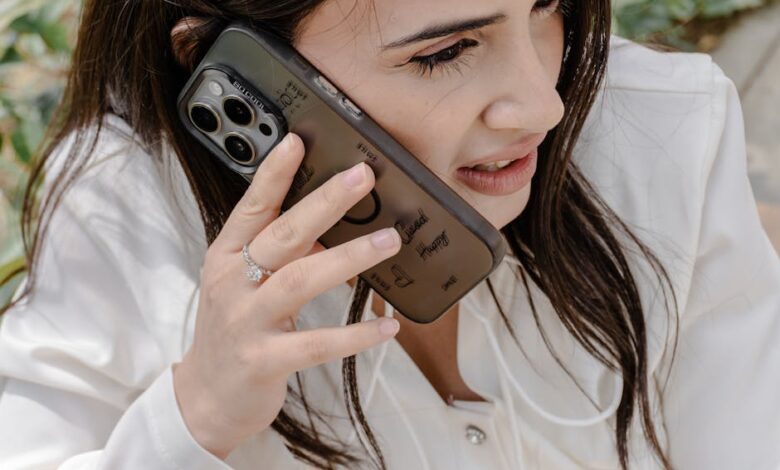Breaking Down the Digital Walls: Why Now?

Remember that feeling? The one where you’re juggling three different messaging apps just to keep up with various friend groups, family members, and work colleagues? One for the encrypted chat, another for the group planning, and yet another because that one person *insists* on using it. It’s a common modern predicament, a testament to the fragmented digital world we inhabit. Well, what if I told you that one of the biggest players in that world is about to take a monumental step towards bridging some of those gaps?
Yes, you heard right. WhatsApp, the messaging giant with over two billion users worldwide, is gearing up to launch third-party chat integration in Europe. This isn’t just another feature update; it’s a seismic shift, driven by regulatory pressure, that promises to redefine how we communicate digitally, especially across different platforms. For those of us in Europe, this means a future where your WhatsApp app might just become the central hub for conversations happening elsewhere – a prospect that’s both exciting and, let’s be honest, a little mind-bending.
Breaking Down the Digital Walls: Why Now?
So, why is this happening, and why now? The answer, as is often the case with significant tech shifts, lies in legislation. Specifically, it’s the European Union’s Digital Markets Act (DMA). This groundbreaking piece of legislation, designed to curb the power of tech giants and foster fairer competition, has designated certain companies – including Meta, WhatsApp’s parent company – as “gatekeepers.”
One of the key mandates for these gatekeepers is interoperability. In plain English, it means they have to open up their services to interact with competitors. For messaging services, this translates directly into allowing users on one platform to communicate with users on another. Think of it like this: your email app allows you to send messages to anyone, regardless of whether they use Gmail, Outlook, or a custom domain. The DMA aims to bring a similar level of openness to instant messaging.
Meta, like other designated gatekeepers, has been working diligently to comply with these new rules. The upcoming WhatsApp integration is a direct result of these efforts, a complex undertaking that requires significant technical innovation and collaboration (or at least, compliance) across the industry. It’s a testament to the EU’s resolve to empower users and level the playing field, pushing big tech to consider a future beyond their carefully constructed walled gardens.
The Promise of Interoperability: A User-First Approach
At its core, the DMA’s push for interoperability is about choice and convenience for the end-user. For years, the network effect has dictated our messaging app choices – we use what our friends use. This often led to fragmented communication, where vital conversations could be spread across several apps. With WhatsApp opening its doors, the vision is a more unified messaging experience.
Imagine being able to send a message from your WhatsApp account to a friend who exclusively uses Signal, without either of you needing to switch apps. Or sharing that hilarious video with a family member on Telegram, all from the familiar interface of WhatsApp. This is the promise that the third-party chat integration holds. It’s about putting the user at the center, allowing them to communicate freely without being dictated by platform loyalties.
What Does This Mean for Your Daily Chats?
Let’s get down to the brass tacks: what will this actually look like for you, the everyday WhatsApp user in Europe? The background info suggests that users who opt into this integration will be able to share messages, images, voice messages, videos, and files. This covers essentially all the core functionalities we rely on daily.
Initially, it’s expected that these integrations will focus on one-to-one messaging, with group chats potentially coming later as the technical complexities are ironed out. And here’s a crucial point: it’s an opt-in feature. WhatsApp isn’t forcing this on anyone. You’ll likely see a prompt or a setting within the app that allows you to activate this cross-platform communication. This respects user choice and ensures that those who prefer to keep their WhatsApp experience self-contained can continue to do so.
The first wave of integrations is likely to focus on platforms that also support end-to-end encryption (E2EE), given WhatsApp’s strong stance on privacy. This is a vital consideration, as maintaining security and privacy across different platforms is perhaps the biggest technical and philosophical hurdle. Ensuring that your messages remain secure, regardless of the recipient’s app, is paramount, and it’s something Meta has highlighted as a priority in its compliance efforts.
Navigating the New Landscape: Benefits and Challenges
The benefits of this integration for users are clear: unparalleled convenience, reduced app switching, and a more unified communication experience. It could foster greater competition among messaging apps, pushing each to innovate further to retain and attract users based on features and user experience, rather than just network effect.
However, it’s not without its challenges. From a technical standpoint, ensuring seamless interoperability while maintaining WhatsApp’s robust security standards is a monumental task. Each messaging app has its own proprietary protocols and encryption methods. Harmonizing these without compromising privacy or introducing new vulnerabilities will require continuous effort and robust testing.
There are also user experience considerations. How will messages from other apps be visually distinguished within WhatsApp? How will notification settings work? Will there be a consistent feature set, or will some advanced features be limited when communicating across platforms? These are questions that will be answered as the integration rolls out and evolves.
Moreover, there’s the question of spam and abuse. Opening up a platform inherently introduces new vectors for unwanted communication. WhatsApp will need strong mechanisms in place to filter spam, manage unwanted messages, and ensure user safety, even when messages originate from outside its immediate ecosystem. This is a new frontier for platform moderation.
A Glimpse into the Future of Messaging
What WhatsApp is doing in Europe is more than just complying with a regulation; it’s potentially setting a precedent for the future of digital communication globally. While initially confined to the EU, the technical infrastructure and learnings from this rollout could pave the way for similar integrations in other regions down the line. It signifies a move away from the isolated silos of individual apps towards a more interconnected digital landscape.
For users, this means greater freedom and less friction in their daily digital lives. For developers and competing platforms, it opens up new avenues for collaboration and innovation. We’re moving towards an era where the platform itself might become less important than the ability to communicate effortlessly with anyone, anywhere, regardless of their preferred app.
This journey will undoubtedly have its bumps and learning curves. There will be initial glitches, feature disparities, and ongoing adjustments. But the direction is clear: user choice and interoperability are becoming central tenets of the digital world. WhatsApp’s move to embrace third-party chat integration is a bold step, and it invites us all to imagine a less fragmented, more connected future for our conversations.





